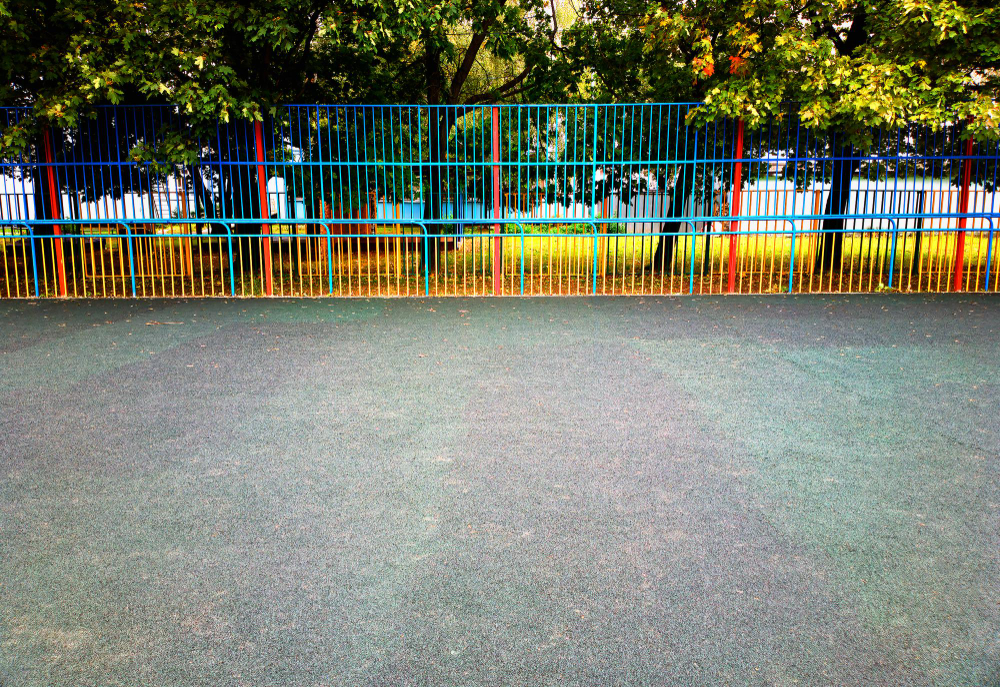
In the world of sports, recovery is as important as performance. Athletes push their bodies to the limit, whether it’s sprinting down the track, jumping to score a goal, or tackling their opponent. But behind all the action, there’s often an unseen force working to help these athletes bounce back from injuries and keep going. That force is physiotherapy. Physiotherapy is no longer just about treating injuries when they occur; it’s a key part of the modern athlete’s toolkit. It helps not only with recovering from injury but also in preventing future ones and even improving performance. So, how did physiotherapy evolve from a clinical recovery tool to an essential part of every athlete’s routine? Let’s take a deeper look.
The Importance of Physiotherapy in Sports
Physiotherapy plays a crucial role in modern sports, helping athletes get back to their best and even pushing their limits beyond what they thought possible. At its core, physiotherapy helps with two things: recovery and injury prevention. But it’s much more than that now—it’s become a vital part of athletic performance.
We had the chance to speak with the experts at Applied Motion, a physiotherapy clinic in Perth, and their approach truly highlights the evolution of physiotherapy in sports. They explained how their tailored programmes are designed not just to treat injuries but to enhance performance and resilience. Their team uses cutting-edge techniques to analyse movement patterns and address potential issues before they become problems. By integrating their deep understanding of biomechanics with advanced treatment methods, Applied Motion helps athletes not only recover faster but also reach new levels of performance, making them a trusted partner in athletic success.
Recovery and Rehabilitation
Injuries are an unfortunate reality in sports. Whether it’s a torn ligament, a sprained ankle, or an overuse injury, physiotherapists help athletes recover quickly and efficiently. It’s not just about rest—it’s about smart rehab and getting the athlete back on track as soon as possible. Physiotherapists develop tailored recovery programs that focus on rebuilding strength, improving mobility, and reducing pain. They use a variety of methods including manual therapy, therapeutic exercises, and modalities like ultrasound or electrical stimulation.
Take, for example, Cristiano Ronaldo. One of the biggest name in football has had his fair share of injuries throughout his career, but physiotherapy has been a key player in his recovery. When he suffered a knee injury, he didn’t just rest—he worked closely with physiotherapists to get back to the pitch. His rehabilitation included strength training and targeted exercises, helping him not only recover faster but come back stronger than before. Ronaldo’s success shows how physiotherapy can be a game-changer in an athlete’s recovery process.

Injury Prevention
While recovery from injury is vital, preventing injuries is just as important, if not more so. Physiotherapists don’t just help athletes after the damage is done—they help prevent the damage in the first place. By identifying potential risk areas in an athlete’s body and providing tailored strength programs, they help minimise the chances of injuries. Regular physiotherapy can also correct imbalances in posture, movement, or flexibility that might lead to injury down the line.
One example of a proactive approach to injury prevention is seen in the English Premier League. Many teams have implemented injury prevention programs that involve physiotherapists working with players on everything from flexibility to posture to movement analysis. These programs aim to reduce the likelihood of common sports injuries like hamstring strains, groin pulls, and ligament sprains. By addressing potential problem areas before they become issues, physiotherapy helps players stay fit and perform at their best.
Cutting-Edge Techniques in Physiotherapy
Physiotherapy is not a one-size-fits-all approach—it’s an ever-evolving field that continues to integrate new technologies and techniques to improve recovery and performance. From sports taping to cryotherapy, modern physiotherapy is packed with innovative ways to keep athletes at the top of their game.
Sports Taping and Manual Therapy
One of the most well-known techniques in sports physiotherapy is taping, particularly Kinesio Taping. This technique uses special elastic tape to support muscles and joints without restricting movement. It’s especially popular among athletes looking for a little extra support while recovering from an injury. The tape helps reduce swelling, alleviate pain, and can even improve muscle function.
Take Usain Bolt, for example. The world’s fastest man has been known to use Kinesio Taping throughout his career. When he suffered from tight hamstrings or soreness in his muscles, the tape would provide support without limiting his explosive movement. It’s not just about injury recovery—it’s about optimising performance and keeping the athlete functioning at their best.
Cryotherapy and Hydrotherapy
While taping is an external treatment, techniques like cryotherapy (cold therapy) and hydrotherapy (water therapy) work internally to speed up recovery. Cryotherapy, for instance, involves exposing the body to extremely cold temperatures for a few minutes to reduce muscle inflammation, promote blood flow, and accelerate recovery. It’s become a favourite among athletes in sports like football, basketball, and tennis for its effectiveness in speeding up recovery time after a game.
LeBron James is one of the biggest names in basketball who uses cryotherapy regularly to maintain his body in peak condition. He’s known for his commitment to recovery, and incorporating cryotherapy into his routine helps him stay fresh even after playing a grueling season. Hydrotherapy, on the other hand, uses the natural properties of water to reduce pain and improve joint mobility. Athletes use hydrotherapy pools to perform low-impact exercises while benefiting from the buoyancy of water, which reduces strain on their bodies.

Physiotherapy in Enhancing Performance
Recovery and injury prevention are essential, but physiotherapy doesn’t stop there—it’s also about improving an athlete’s performance. Today’s physiotherapists work closely with athletes to optimise their movements, enhance strength, and develop strategies that allow them to perform better on the field, track, or court.
Prehabilitation: Building Strength Before Injury
Prehabilitation (often called “prehab”) is the practice of strengthening muscles and joints before an injury occurs. It’s a proactive approach to keeping athletes in shape and reducing the risk of injuries during training or competition. Prehab involves targeted exercises designed to strengthen the areas most at risk for specific sports.
For instance, the Australian National Rugby Team uses prehab strategies to ensure players are in top physical shape and can withstand the high-impact nature of the sport. Physiotherapists monitor players’ movements and provide exercises that target problem areas—like the knees or shoulders—helping to prevent injuries before they happen. This forward-thinking approach has helped keep players healthy and performing at their peak.
Biomechanics and Movement Analysis
Another key aspect of physiotherapy in performance enhancement is biomechanics—the study of how the body moves during sport. Physiotherapists use advanced technology to analyse athletes’ movements and identify areas where efficiency can be improved or stress can be reduced. This often involves looking at things like posture, stride, joint alignment, and muscle activation.
Novak Djokovic, the tennis superstar, is a perfect example of how biomechanics and movement analysis can help an athlete fine-tune their performance. Throughout his career, Djokovic has worked closely with physiotherapists to optimise his movement on the court, making sure he doesn’t put unnecessary strain on his body. Whether it’s perfecting his serve or improving his footwork, physiotherapists play an essential role in helping athletes like Djokovic stay at the top of their game.
The Mental Health Benefit of Physiotherapy
Physical recovery is important, but let’s not forget about the mental aspect of healing. Injuries can be mentally tough for athletes, especially when they keep them sidelined for long periods. Physiotherapists don’t just work on the physical rehabilitation—they also help athletes mentally prepare for recovery, keeping their spirits high during tough times.
One of the most famous examples of this is Michael Phelps, the legendary swimmer. After dealing with shoulder injuries, Phelps relied on physiotherapy not just for physical recovery but to stay mentally strong. He worked closely with his physiotherapist to stay focused, build confidence in his body’s recovery, and keep his motivation up during rehab. In many ways, physiotherapy helped him prepare mentally for the challenges of returning to competition at the highest level.

The Future of Physiotherapy in Sports
As technology continues to evolve, so does physiotherapy. We’re already seeing some exciting new trends that are shaping the future of recovery and performance enhancement in sports. From AI-driven recovery programs to wearables that track muscle strain in real time, the next few years are going to be filled with even more innovative ways to help athletes.
Devices like smart wearables are becoming an integral part of physiotherapy, allowing physiotherapists to track things like muscle fatigue, range of motion, and even hydration levels during recovery. These devices give real-time feedback, allowing physiotherapists to make adjustments to training or recovery plans on the fly. This kind of technology is already starting to play a key role in sports like tennis, basketball, and even golf, where small adjustments in technique or recovery can make a huge difference in performance.
The integration of virtual rehab platforms is another exciting development. These platforms allow athletes to engage in guided rehab exercises from anywhere, providing more flexibility and convenience in their recovery process.
Physiotherapy has come a long way from its early days, and the future looks bright. As technology and science continue to advance, it’s clear that physiotherapy will remain at the heart of modern sports recovery and performance.











